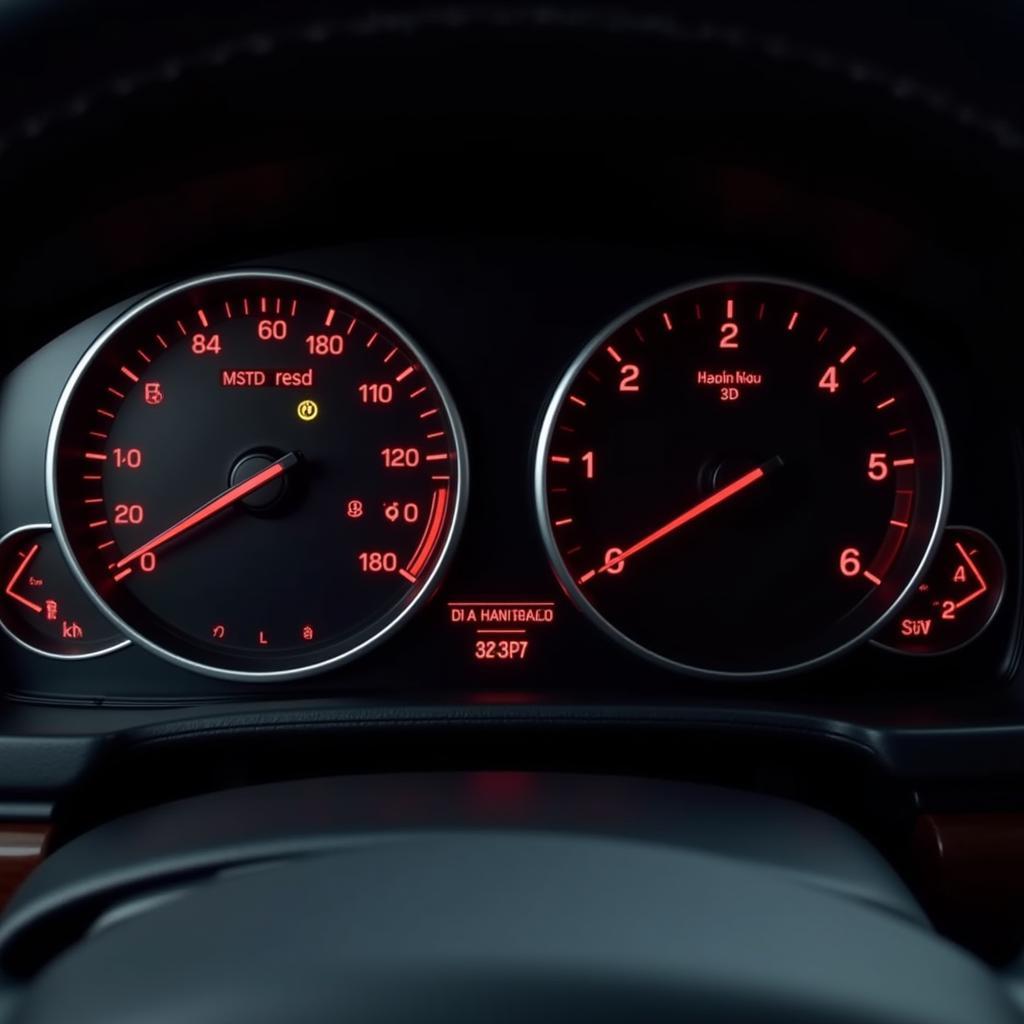The WR-198W203 is a common electronic brake control module found in a variety of vehicles. While generally reliable, issues with the WR-198W203 Warner brake system can occur, potentially impacting braking performance and overall vehicle safety. This guide is designed to help you understand and address potential problems with your WR-198W203 brake system using remote diagnostics, programming, and software installation.
Understanding Common WR-198W203 Issues
Before diving into troubleshooting, it’s helpful to understand the types of problems you might encounter. Common issues with the WR-198W203 Warner brake system can include:
- Communication Errors: The module may fail to communicate with other vehicle systems, leading to warning lights on the dashboard.
- Software Glitches: Bugs in the module’s software can lead to erratic braking behavior or system malfunctions.
- Sensor Problems: Faulty wheel speed sensors, brake pressure sensors, or other related sensors can disrupt the system’s operation.
- Internal Module Faults: In some cases, internal components within the WR-198W203 module can fail, requiring module replacement or repair.
Remote Diagnostics: Your First Line of Defense
Remote diagnostics offer a powerful way to pinpoint issues with your WR-198W203 brake system without needing to visit a mechanic immediately. Here’s how it works:
- Connect to Your Vehicle: Using a specialized diagnostic tool and software, a remote technician can connect to your vehicle’s onboard computer via the OBD-II port.
- Read Fault Codes: The software reads diagnostic trouble codes (DTCs) stored in the WR-198W203 module’s memory. These codes provide clues about the specific areas where the system is experiencing problems.
- Analyze Live Data: The technician can access real-time data from various sensors and components within the brake system, providing insights into its current performance.
 Analyzing Data from WR-198W203
Analyzing Data from WR-198W203
Remote Programming and Software Installation
In many cases, issues with the WR-198W203 Warner brake system can be resolved remotely through software updates or reprogramming.
- Software Updates: Manufacturers regularly release software updates to address known issues, improve performance, and enhance compatibility with other vehicle systems.
- Reprogramming: If the module’s configuration becomes corrupted, reprogramming it with the correct settings can often restore proper functionality.
This process involves securely accessing your vehicle’s electronic control unit (ECU) remotely and installing the necessary software files.
When is a Physical Inspection Necessary?
While remote diagnostics and programming can address many WR-198W203 issues, there are situations where a physical inspection by a qualified technician is essential:
- Mechanical Failures: If diagnostics indicate a problem with physical components like calipers, brake lines, or the ABS pump, a mechanic will need to visually inspect and repair or replace these parts.
- Complex Electrical Issues: In cases of intricate wiring problems or suspected damage to the WR-198W203 module itself, a hands-on assessment is crucial.
Tips for Maintaining Your WR-198W203 Brake System
- Regular Brake Inspections: Have your brakes inspected at least once a year or as recommended by your vehicle manufacturer.
- Heed Warning Lights: Never ignore dashboard warning lights related to your brakes, ABS, or traction control.
- Quality Parts: When replacing brake components, use high-quality parts from reputable manufacturers.
Conclusion
Remote diagnostics, programming, and software installation have revolutionized how we troubleshoot and repair modern vehicles. If you suspect an issue with your WR-198W203 Warner brake system, remote diagnostics offer a convenient and often effective first step. By addressing software-related problems remotely, you can potentially save time and money while ensuring your vehicle’s braking system remains in optimal condition. However, always remember that physical inspections are crucial for mechanical or complex electrical issues.

